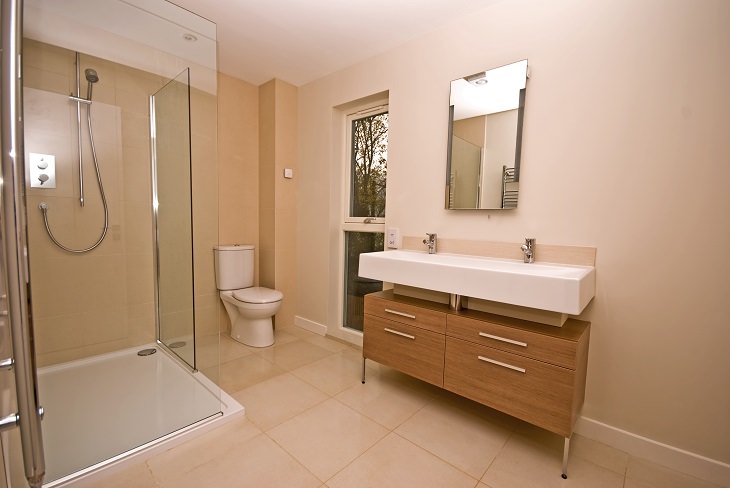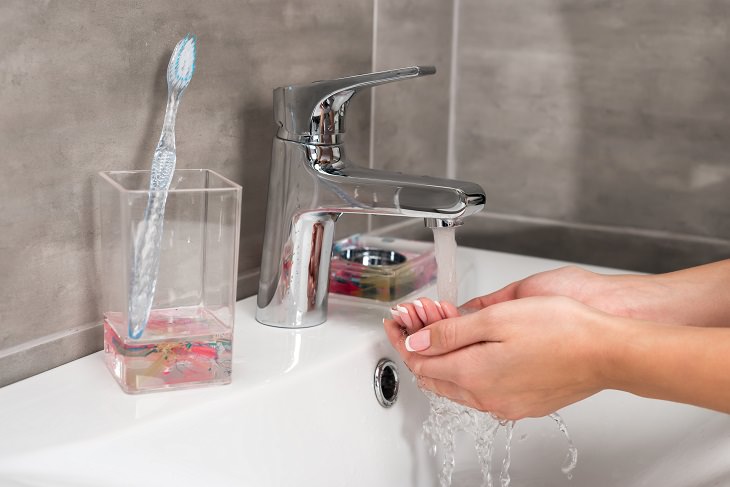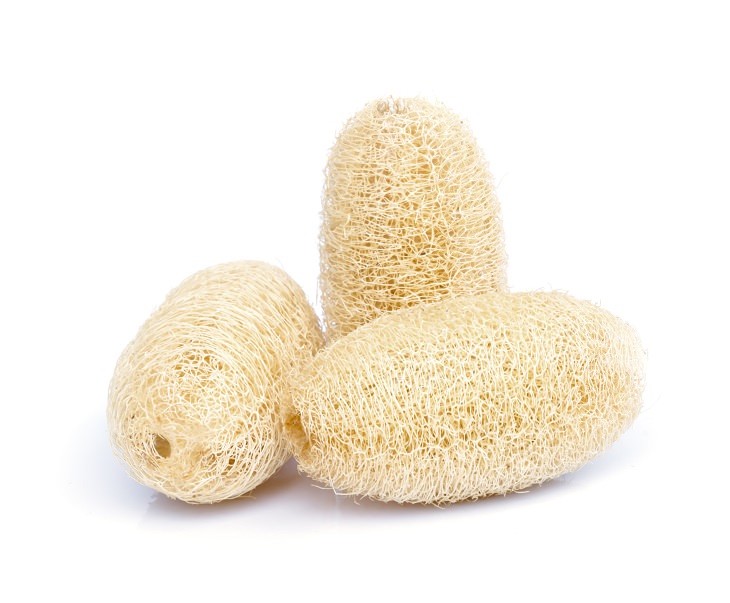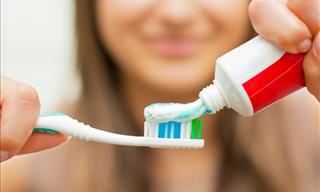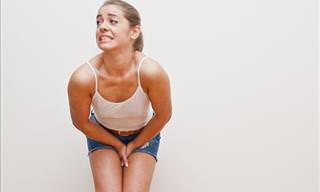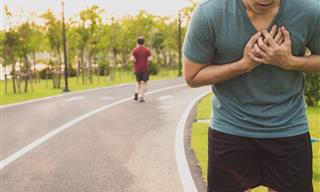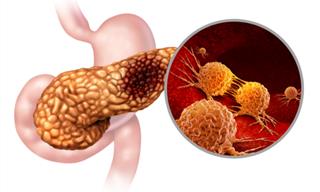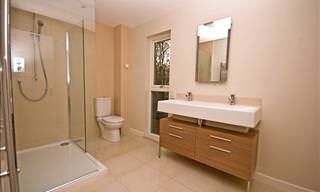1. The Floor
Your floor could be harboring more germs than any other area of your bathroom. This is because we generally don’t clean them as often as the toilet, yet floors come in contact with the same bacteria as every flush releases bacteria into the air. Luckily, it’s easy to contain the spray simply by shutting the lid before you flush.
2. Toothbrush
If your floor is the dirtiest, your toothbrush is a very close second. Your toothbrush is not only covered in bacteria from your mouth, but also bacteria from wherever you lay it down. It might also be covered in bacteria from the toilet if you don’t close the lid before you flush.
3. Faucet Handle
Tap handles contain more than 600 times more microorganisms per square inch than a toilet handle. We bet you wipe down your toilet flusher every time you clean the toilet, but ignore your tap handles. To wash your taps, simply wipe them down with some disinfecting wipes or a bleach solution.
4. Doorknobs
When was the last time you cleaned the doorknob on your bathroom door? Bathroom doorknobs contain more microorganisms per square inch than a toilet seat. You’ll obviously touch the door handle after using the toilet, so washing your hands properly is your first line of defense. According to a Michigan State University study, only 5% of people actually wash their hands for more than 15 seconds, even though it’s recommended that you scrub them for at least 20 seconds.
5. Towels

You only use them to dry your clean hands, so how dirty can a towel really be? Pretty dirty, actually. In yet-to-be-published research carried out by University of Arizona microbiologist Charles Gerba, 90% of bathroom towels tested positive for coliform bacteria, and 14% were even harboring E.coli. Towels are typically moist and warm, creating a haven for bacteria and mold. Therefore, you should replace them every other day if possible, and use a full hot cycle when you’re washing them.
6. Razor
Every time you use your razor, bacteria from your skin gets transferred to the blades. Getting up close and personal with your own germs isn’t too big of a deal, but you should really resist the temptation to borrow your partner’s one. Furthermore, many people leave their razors sitting in a little bit of water, which leads to rusting, which, in turn, leads to a different subset of bacteria to set in. Therefore, you should use a razor holder to let the blades air-dry, or keep them in some oil to resist germ growth.
7. Loofah
These shower sponges have cracks and crevices where bacteria and mold like to hide, and those areas stay moist and warm. You sponge might feel dry from the outside, but internally, it might not be fully dry. The dead skin cells, hair follicles, and any dirt you wash off is a lovely food source for everything living in your loofah. Therefore, you should consider not using loofahs, but if you really must, replace it every 3-4 weeks.
8. Toilets
We had to have toilets on this list, but with 171 microorganisms per square inch, they’re not really as bad as you’d think. The reason for this is because we think they’re dirty, so we spend a lot more time cleaning them.
 Go to BabaMail
Go to BabaMail


